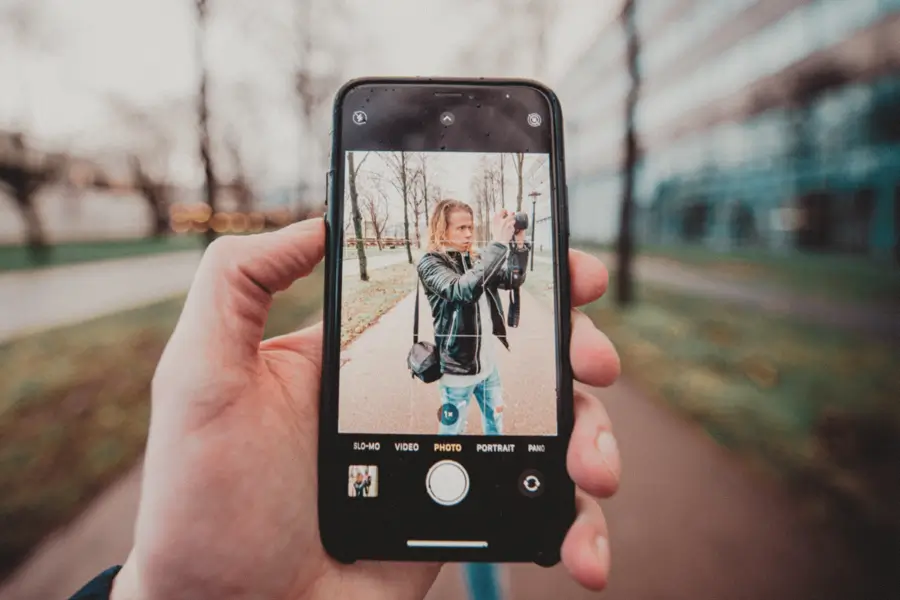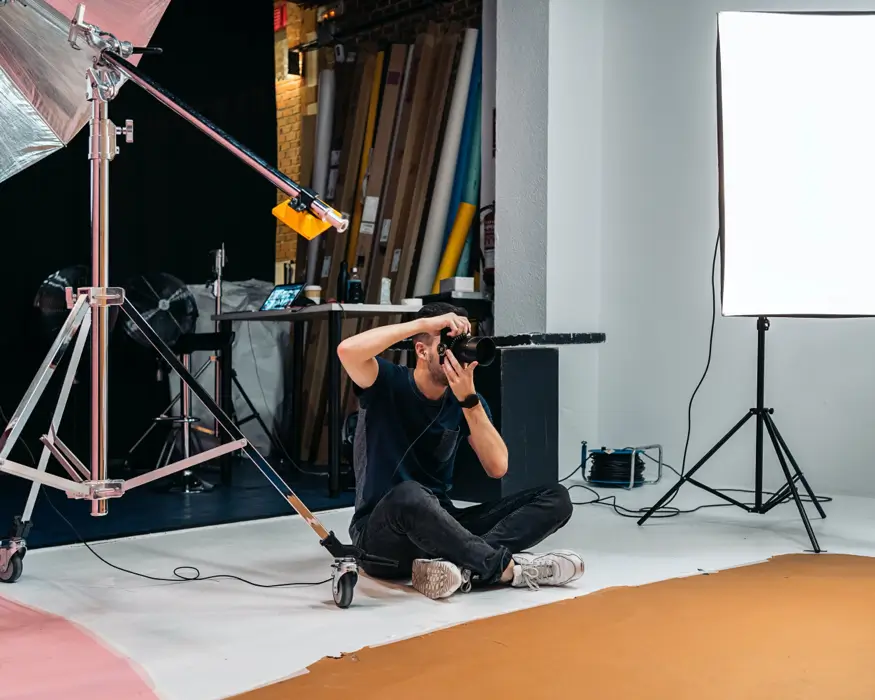

If you love taking photos and feel like you have the talent to turn your hobby into a profession, the field of photography offers an abundance of opportunities for you to turn your passion into a career. As a photographer you can earn a living while practicing your art and share your unique point of view with the world. As a professional photographer, you have a lot of options for the type of work you can pursue, as well as what you want to specialize in.
Before you strike out on your own, it’s a good idea to consider what kind of photographer you want to be. Do you want to specialize in family portraits or maybe travel photography? You might enjoy working with models or celebrities or landscapes and nature. Once you have an idea of where your passion and talents may lie, then it’s time to start researching exactly how you can turn that dream into a reality.
A professional photographer is someone who has an advanced understanding of the principles and techniques of photography and applies them to their work. Photographers use their expertise to proficiently capture a moment or scene, either through the lens of a camera or otherwise.
While many people have heard of photographers, there are some who think that only photojournalists, media professionals, and videographers can be considered professional photographers. This is not the case; in reality, anyone who practices the art of photography and maintains their skills and credentials can be considered a professional photographer. For example, a wedding photographer, a family portrait photographer, or even someone with a point-and-shoot camera can be referred to as a professional photographer.
Though some photographers take up photography after attaining considerable experience in another field, there are others who are self-taught and started on the path to becoming professionals in photography as hobbyists.
Photography has been around for hundreds of years, but it wasn’t until the 19th century that photography became a developing profession. Since then, photography has grown to become one of the most popular and in-demand professions today. It’s no coincidence that three out of four professional photographers worldwide have an annual salary higher than $60,000 and are also self-employed in some way.
The field of photography is broad and diverse, offering a wide variety of career paths for individuals seeking a full-time income or supplemental income. Here are some of the most popular and in-demand types of photography:
A photographer who is a successful storyteller can capture an image that conveys a moment of inspiration, tension, and emotion. A single photograph or series of photographs can tell the story of the subject matter without using words. Effective storytelling involves the use of conceptual elements such as mood and narrative with technical elements such as lighting, composition, and point of view, to elicit an emotional response from the viewer.
PROS
CONS
As of May 2022, the median hourly wage for photographers was $19.31. In this context, “median” refers to the wage at which half of the workers in the occupation earned more, and half earned less. At the lower end of the scale, the lowest 10 percent of photographers earned less than $12.98 per hour. Meanwhile, the highest 10 percent earned more than $39.64 per hour, indicating a significant wage range in the profession.
It’s important to note that some photographers work part-time, allowing for flexible hours. The flexible scheduling caters to meetings with clients, site visits, and other necessary tasks that may not adhere to a traditional 9-to-5 workday. Furthermore, the workload can fluctuate with the season for certain photographers. For instance, wedding photographers typically experience peak demand during the summer and fall seasons.

The Art Career Project is a trusted resource for emerging and professional artists.